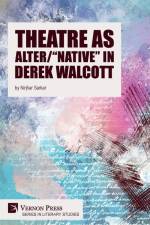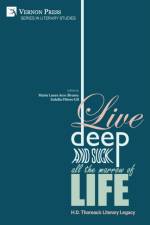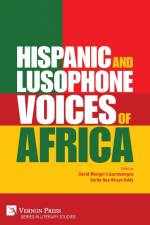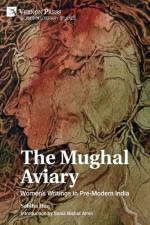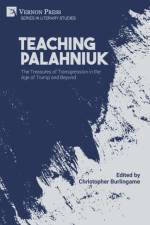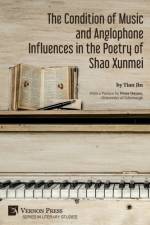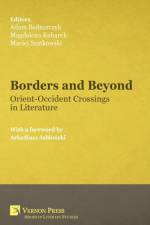von Anish Dave
43,00 €
Vincent Sheean, a groundbreaking American foreign correspondent and author, is known for reporting from Europe, North Africa, and Asia, writing news reports, articles, and books. A few books and articles have described Vincent Sheean's life, and briefly discussed his major nonfiction books. However, no book-length study or article has closely examined his nonfiction books. 'Seeking to Understand the World: Literary Journalism of Vincent Sheean', textually analyzes his five nonfiction, journalistic books to examine them for characteristics of literary journalism. Spanning nearly the entirety of his journalistic career, these books include 'Personal History' (1935), 'Not Peace but a Sword' (1939), 'Between the Thunder and the Sun' (1943), 'Lead, Kindly Light' (1949), and 'Nehru: The Years of Power' (1960). Set in different world areas, the books illuminate events as disparate as the Riffian war, the Spanish Civil War, the infamous Munich pact, the Nazi bombing of London, and the assassination of Mahatma Gandhi. Sheean's books provide an in-depth, personal look at these and related events. This book includes analysis of Sheean's works, finding that they have several prominent characteristics of literary journalism: stories and scenes, cohesive structure, lifelike characters, vivid description, well-crafted sentences, immersive reporting, among others.











